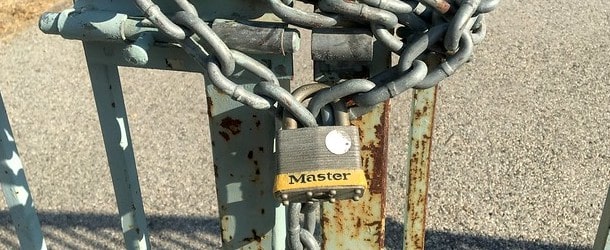In your business growth journey, whether to lease or buy equipment is a critical decision. Both choices have their pros and cons, and the right option depends on your specific circumstances and needs. In today’s email, let’s compare these two paths to help you make an informed decision.
EQUIPMENT LEASING
Benefits:
Preserve Cash: Leasing requires little to no upfront cost, allowing you to preserve your capital for other business needs.
Stay Updated: Leasing offers the flexibility to upgrade to newer equipment models at the end of your lease term, helping your business stay competitive.
Predictable Expenses: With a lease, you have a predetermined monthly expense, which can make budgeting easier.
Considerations:
Total Cost: Depending on the terms of your lease, the total cost could end up being higher than if you purchased the equipment outright.
Ownership: For most lease structures, you will not own the equipment until the end of your agreement after you have executed your purchase option.
BUYING EQUIPMENT
Benefits:
Ownership: When you purchase, the equipment is yours.
Depreciation: You may be able to claim tax benefits through depreciation, reducing the total cost of ownership.
Considerations:
Upfront Cost: Purchasing equipment requires a significant upfront investment, which might not be ideal for businesses with tight cash flow.
Risk of Obsolescence: Owned equipment could become outdated, and upgrading would require another significant investment.
Working with a lender, like American Capital Group, who offers both leasing and financing options, is able to tailor solutions to meet your unique business needs. The choice between leasing and buying depends on various factors like your cash flow, equipment needs, tax situation, and business strategy. Make sure to discuss your situation with your lender as well as your tax accountant to ensure you are making the right decision for your business.























